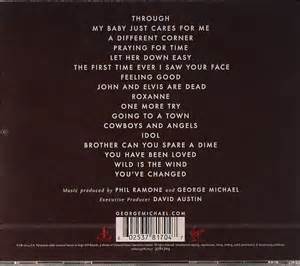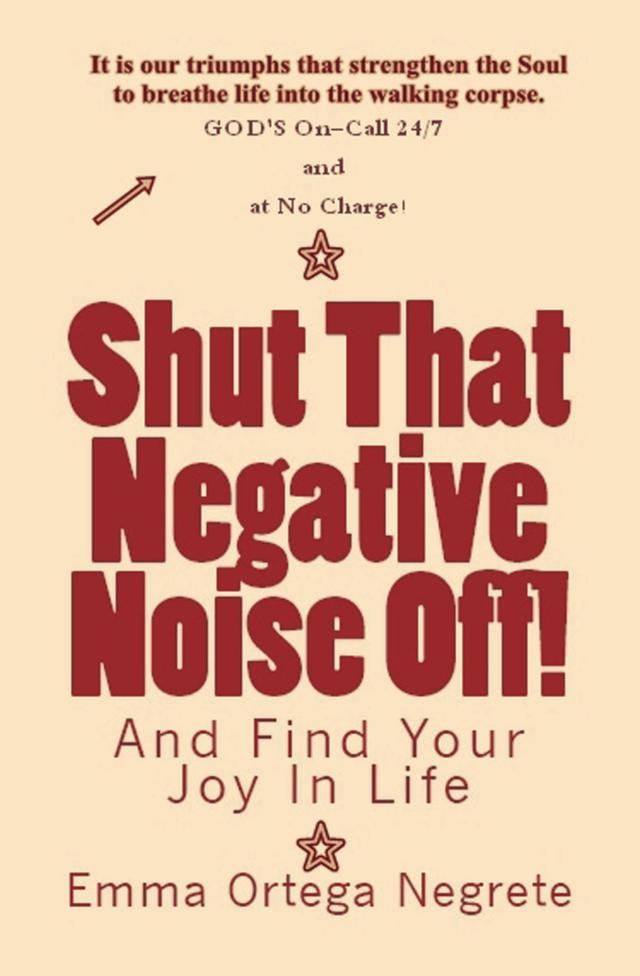

This blog post was revised on October 27, 2017.
There’s no typographical error or computer glitch involved in the headline for this post. The “a” and “e,” pressed together in text, are called an æsc, or ash. The æsc exists in different languages, including English. Note the correct spelling of the reference book title, Encyclopædia Britannica.
The æsc has never appeared on typewriter keys, but it’s still around in spite of the fact that it’s considered archaic. If you can pull up a sophisticated keyboard on a Dell Inspiron computer screen, you’ll probably find it. When clicking the ‘a,” hold down your index finger on the mouse. Then you can probably locate the right character.
The above instructions are intended for right-handed people. George Michael, like many people, was left-handed, and left-handed people with computer skills know how to adapt.
George Michael’s name is printed that way on the cover art for his 2014 CD release, Symphonica. However, the æsc is only one of many unique traits which should call our attention to the best recorded work of his career.
Mr. Michael’s career lasted over thirty years. His early work with Andrew Ridgley focused on mainstream, trendy pop which has held up better than expected. Just don’t watch the videos, except the video for Where Did Your Heart Go? It’s beautifully done, and highlights GM’s screen presence. It requires a strong presence to stand out when not facing the camera, and he mastered it.
After the Michael/Ridgley collaboration, memorably named Wham! ended, he graduated to the soul genre with the 1987 two disc set, Faith. In some circles, that crossover was more controversial than most music crossovers, and he received intense criticism. However, Mr. Michael continued to refine and develop his ability as a soul vocalist.
His duet with Aretha Franklin, I Knew You Were Waiting For Me, was released in 1987 as a single, but was not included in the Faith collection. Eleven years later, the recording appeared on the two CD compilation Ladies and Gentlemen The Best of George Michael.
Most people in the United States lost track of George Michael’s work after the late 1980s. However, his career continued at full throttle in Europe, to the point where he couldn’t leave his home without being asked to sign autographs or pose for pictures with fans.
Public curiosity was the product of a combination of musical talent and personal appeal. Until an April 1998 arrest in a park restroom in Beverly Hills, California, the British tabloid media and Mr. Michael’s fans speculated on his sexual orientation.
It’s ironic that the most sensational event in George Michael’s public life occurred in the United States in 1998. His home in Los Angeles County, which he shared with his then-partner, Dallas art dealer Kenny Goss, had been one of the few places on earth where he could step outside without being recognized by strangers. Within hours after his arrest, reporters were stationed outside the house and at least one news helicopter hovered overhead. Maybe it was a slow news day in Los Angeles, but given the priorities of the media the situation was predictable.
After the arrest, the Beverly Hills Police Department held a news conference, and to my knowledge they at least had the decency not to release booking photos. The officer who spoke at the news conference referred to the arrestee as “George Michaels,” which must have brought into question the Beverly Hills P.D.’s attention to detail and documentation.
Most English speakers hit the consonants too hard to pronounce Greek well, so the officer didn’t try to recite the name Georgios Kyriakos Panayiotou. I think he should have. It would have been a memorable sad clown moment, and may have highlighted the fact that GM wasn’t the sad clown in question. A grandiose news conference to report a misdemeanor arrest is absurd.
Although the arrest and subsequent media reports (a headline in the British tabloid, The Sun, read ZIP ME UP BEFORE YOU GO GO) were humiliating nightmares no one would want to experience, George Michael kept a dinner reservation at Spago’s the following evening. The drive to the restaurant proved to be risky, with multiple “journalists” following him and running red lights when the traffic signals didn’t accommodate them (this was less than one year after the accident in Paris that killed Diana, Princess of Wales). When leaving the restaurant later, he kept his head up as he walked past reporters. It was the beginning of one of the most courageous you-voyeurs-can go-straight-to-hell campaigns ever.
A song and video that were obviously influenced by the arrest, Outside, weren’t as popular in the United States as in some other places. In particular, the video parodied Americans’ combination of sexual obsession and puritanical reactions. The song was recorded in time to be released as a track on the Ladies and Gentlemen compilation at the end of the year, and the video is on the accompanying DVD.
Outside, as brilliant as it was, prompted groans from the handful of Americans who saw the video. Most of those same people, who may have watched George Michael’s hilarious appearance in November of that year on The Late Show With David Letterman, missed a more sophisticated interview on Sir Michael Parkinson’s show on BBC 1. A link to that interview appears at the end of this post.
The Parkinson interview was charming, intelligent, funny and touching. It was a major victory in restoring a public image damaged more by impressions than by Mr. Michael’s actual behavior. The only major thing absent from the video of the Parkinson appearance is a smooth jazz performance of Outside. If you want to see that, it’s available as a bonus track on the Ladies and Gentlemen DVD (the smooth jazz arrangement isn’t on the CD).
But I digress.
This is supposed to be a review of the Symphonica CD, but the post doesn’t go entirely off-topic by including the history behind this mature work. So, like it or not, here’s a little more history:
During the late 1990s, George Michael recorded his first album of standards. The CD was called Songs From the Last Century, released a bit early for the title to be accurate.
Songs From the Last Century is a combination of standards and contemporary music performed in a subtle, classy style. The seventh track, I Remember You, is the result of a collaboration between Mr. Michael and harpist Corky Hale.
Songs From the Last Century is a fine early effort, but if you’ve budgeted for only one CD I recommend Symphonica. Coincidentally, Symphonica was the last album each for George Michael and his producer, Phil Ramone. The album is dedicated to Mr. Ramone, who passed in 2013. Phil Ramone also produced Songs From the Last Century.
Symphonica begins with the 2004 George Michael original, Through, whose lyrics are open to interpretation. The song appears to be, in part, a love letter dedicated to Kenny Goss. There’s desperation in the lyrics, though, and the arrangement for this album gives a real punch to the musical accompaniment.
The second track on Symphonica, the 1930 jazz classic My Baby Just Cares For Me, is a newer arrangement of Mr. Michael’s performance on Songs From the Last Century. Besides being fine interpretive performances, both album tracks quietly note an important milestone: In referring to “my baby,” the male pronoun is used.
It’s unlikely GM could have exercised that freedom in the 1999 recording if he hadn’t had the unfortunate encounter with an undercover police officer in Beverly Hills the previous year. He had been partially out of the closet for years, though, and if he hadn’t been forced out unambiguously with an arrest maybe he would have officially come out on his own at some point. Probably not in time for his first release of that song, though.
Symphonica is eclectic, but not inconsistent. Older classics are combined with future classics. After listening to the lively Anthony Newley/Leslie Bricusse song Feeling Good (composed for the 1964 stage musical The Roar of the Greasepaint — The Smell of the Crowd), you should find that easing into the next track, the quieter John and Elvis Are Dead, comes naturally.
We’ll never know whether George Michael reached the peak of his talent with Symphonica, or if he would have progressed to something even better if he hadn’t died aged fifty-three. However, it’s clear that his creative work is worthy of respect — a lot of respect. He started early in a field in which he (initially) received no encouragement from his parents, succeeded when thousands of other artists had similar ambitions, and dealt with legal obstacles in his career. He was also, by all accounts, a fine human being.
A complete list of tracks on the U.K. edition of Symphonica appears at the top of this post, in the screenshot of the back cover of the CD package. Please note that George Michael’s cover of the Rufus Wainwright song Going To a Town is not available on the U.S. release. A couple of other tracks from the U.K. edition are also absent. When the list of songs was added on the date this review was first posted, I mistakenly thought the image was for the U.S. edition. Please accept my apologies.
The CD booklet for this album contains some outstanding photography by Caroline True. Her website can be found at carolinetrue.com. She posts on Instagram with username carolinetrue
Oh, and here’s the Parkinson interview:
Share this:





